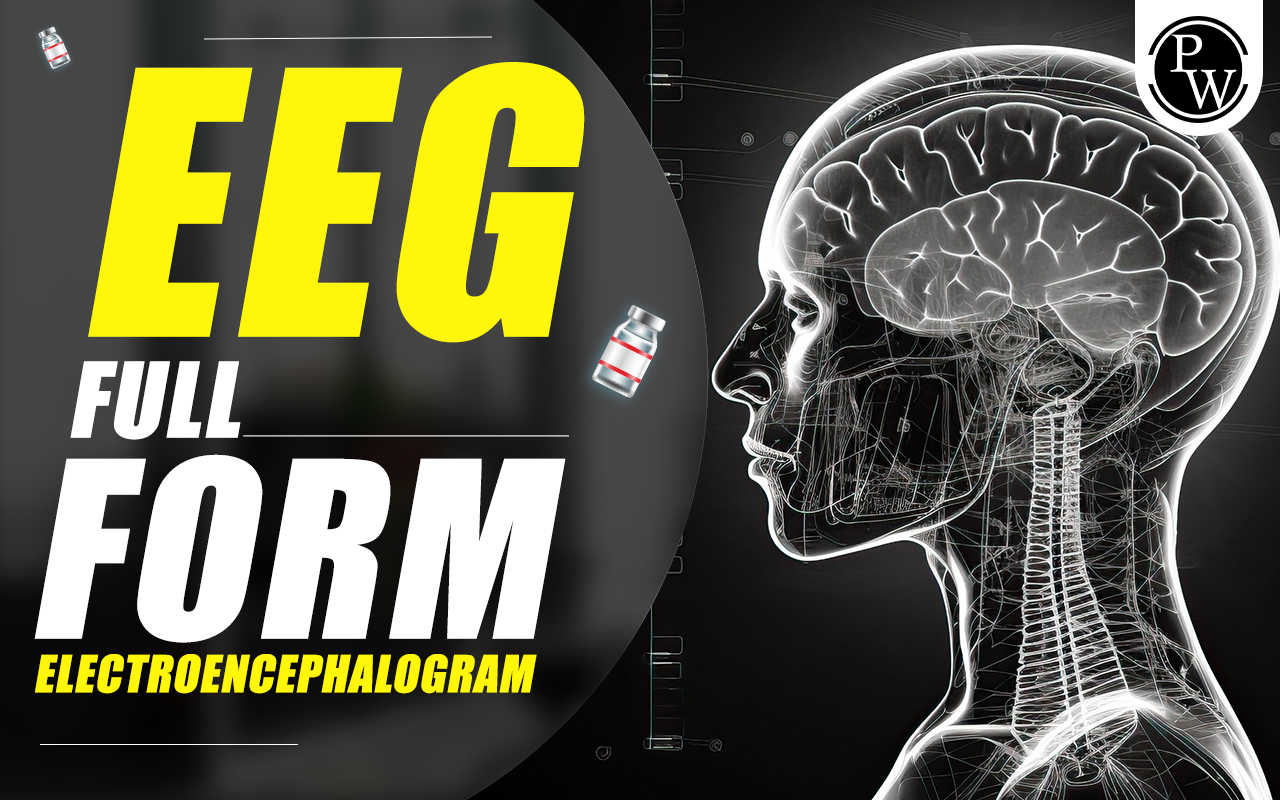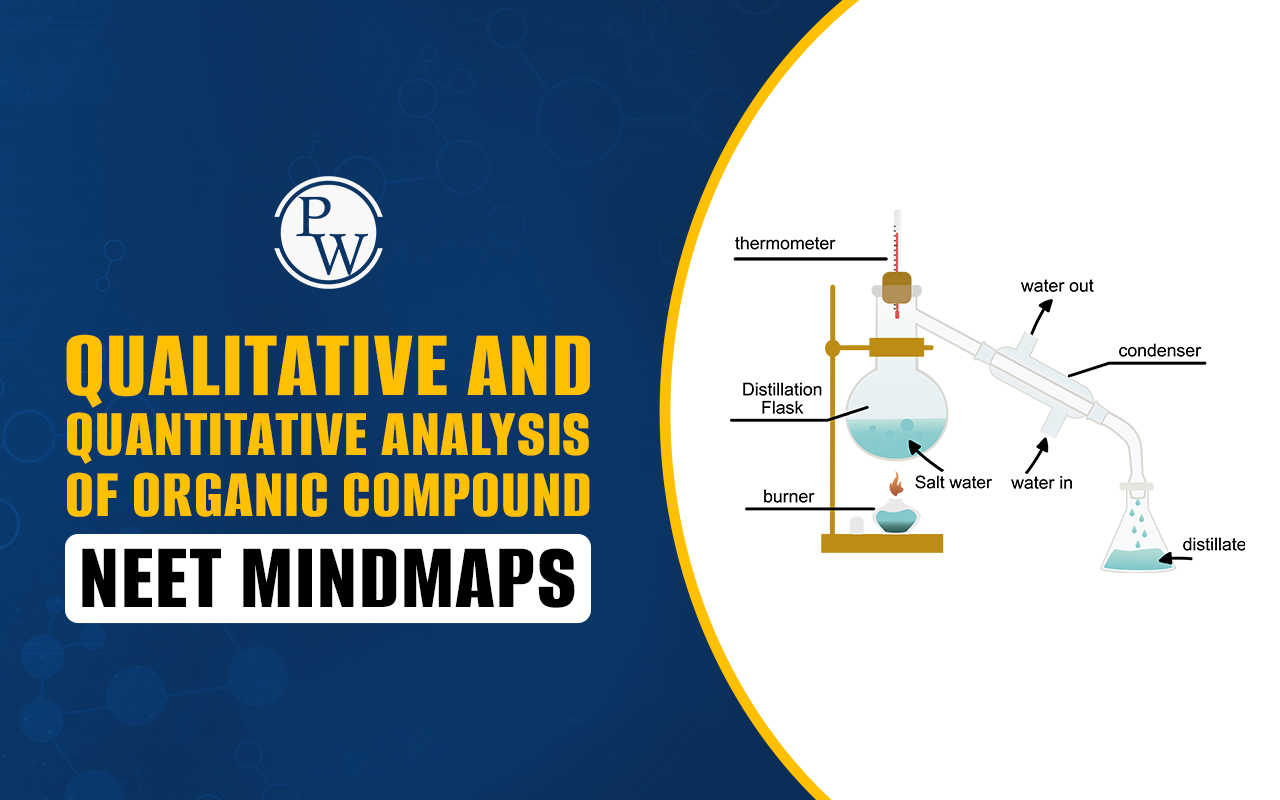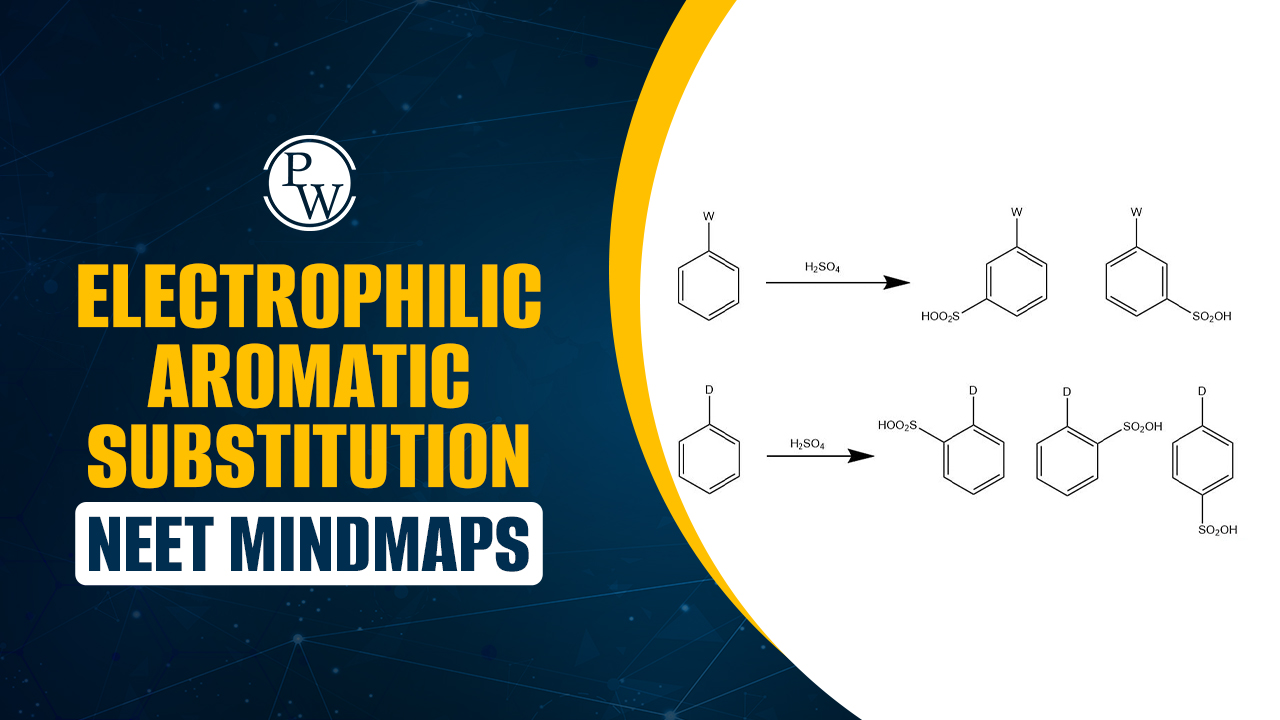

EEG Full Form
The EEG full form is an Electroencephalogram. This is a major brain test that is used to detect any abnormalities faced by the brain. The test is conducted under the supervision of a surgeon or neurologist. The result of the test report decides the brain waves and electrical signals are working normally. The neurologist goes through the brain waves to know if the brain is functioning properly or not.When is EEG Performed?
- Epilepsy Diagnosis
- Sleep Disorders
- Altered Mental Status
- Monitoring Brain Function during Surgery
- Evaluating Brain Injuries
- Evaluating Neurological Disorders
How Does EEG (EEG Full Form) Work?
can know about the working principle of the EEG test:- The EEG procedure is safe and pain-free and does not require any instruments
- In this test, the patient’s scalp is connected with electrodes which collect electrical activity from the brain cells. These brain cells are known as neurons and the waves are displayed on a computer monitor as a straight line
- The technician and the neurologist record the brain activity post which the electrodes are removed from the brain
- The resultant brain wave sequence is then studied and monitored by the doctor to get an insight into the actual abnormality of the brain.
| NEET 2024 Exam Important Links | |
|---|---|
| NEET 2024 Syllabus | NEET 2024 Registration |
| NEET 2024 Eligibility Criteria | NEET Exam Pattern |
| NEET Previous Year Question Papers | NEET 2024 Admit Card |
What Does EEG Test Results Suggest?
The EEG test results are of two types namely normal and abnormal. Both the results have different meanings and depict different results. Know about the EEG test results in the section below.- Abnormal EEG
- Normal EEG

Types of EEG Tests
EEG Test is prescribed by doctors for patients who are suffering from any kind of brain disease. This is one of the most accurate mechanisms that detect any issue faced by the brain system. EEG test is mostly conducted by a professional or neurologist. Know more about the different types of EEG tests in the section below.- Routine EEG
- Sleep EEG
- Ambulatory EEG
- Video EEG Monitoring
Check NEET UG Important Links
| NEET Exam Important Links | |
| NEET 2024 | NEET Sample papers |
| NEET 2024 Exam Date | NEET Answer Key |
| NEET Chemistry Syllabus | NEET Physics Syllabus |
| NEET Biology MCQ | NEET Biology Syllabus |
EEG Full Form FAQs
What is EEG Full Form?
The EEG full form is an Electroencephalogram.
When is EEG performed?
The EEG is performed with high-end equipment that uses electronic signals to map the activities inside the brain.
How many types of EEG are there?
There are mainly five types of EEG namely, Routine EEG, Sleep EEG, Video Telemetry, Ambulatory EEG, and Invasive EEG-telemetry.
How does EEG work?
EEG works by attaching small sensors to the brain that help in mapping the signals received from the brain.
What do the test results of EEG show?
The test results of the EEG show the present brain condition and diagnose any internal issues faced by the organ.
🔥 Trending Blogs
Talk to a counsellorHave doubts? Our support team will be happy to assist you!

Check out these Related Articles
Free Learning Resources
PW Books
Notes (Class 10-12)
PW Study Materials
Notes (Class 6-9)
Ncert Solutions
Govt Exams
Class 6th to 12th Online Courses
Govt Job Exams Courses
UPSC Coaching
Defence Exam Coaching
Gate Exam Coaching
Other Exams
Know about Physics Wallah
Physics Wallah is an Indian edtech platform that provides accessible & comprehensive learning experiences to students from Class 6th to postgraduate level. We also provide extensive NCERT solutions, sample paper, NEET, JEE Mains, BITSAT previous year papers & more such resources to students. Physics Wallah also caters to over 3.5 million registered students and over 78 lakh+ Youtube subscribers with 4.8 rating on its app.
We Stand Out because
We provide students with intensive courses with India’s qualified & experienced faculties & mentors. PW strives to make the learning experience comprehensive and accessible for students of all sections of society. We believe in empowering every single student who couldn't dream of a good career in engineering and medical field earlier.
Our Key Focus Areas
Physics Wallah's main focus is to make the learning experience as economical as possible for all students. With our affordable courses like Lakshya, Udaan and Arjuna and many others, we have been able to provide a platform for lakhs of aspirants. From providing Chemistry, Maths, Physics formula to giving e-books of eminent authors like RD Sharma, RS Aggarwal and Lakhmir Singh, PW focuses on every single student's need for preparation.
What Makes Us Different
Physics Wallah strives to develop a comprehensive pedagogical structure for students, where they get a state-of-the-art learning experience with study material and resources. Apart from catering students preparing for JEE Mains and NEET, PW also provides study material for each state board like Uttar Pradesh, Bihar, and others
Copyright © 2025 Physicswallah Limited All rights reserved.











